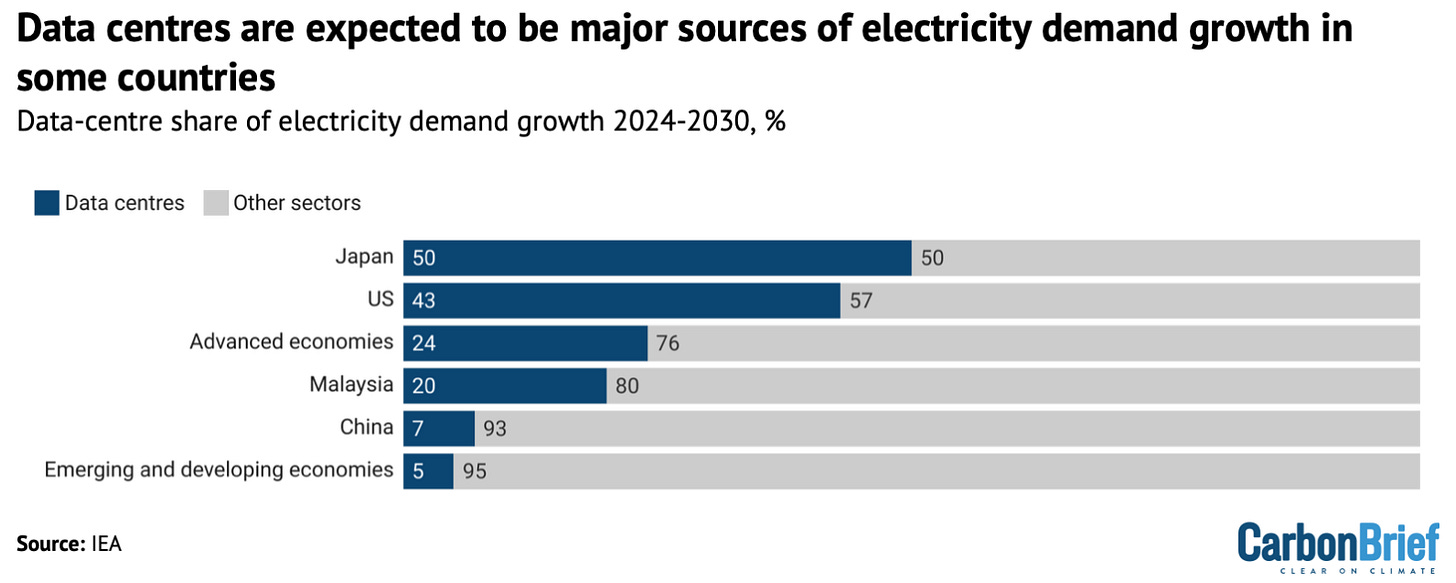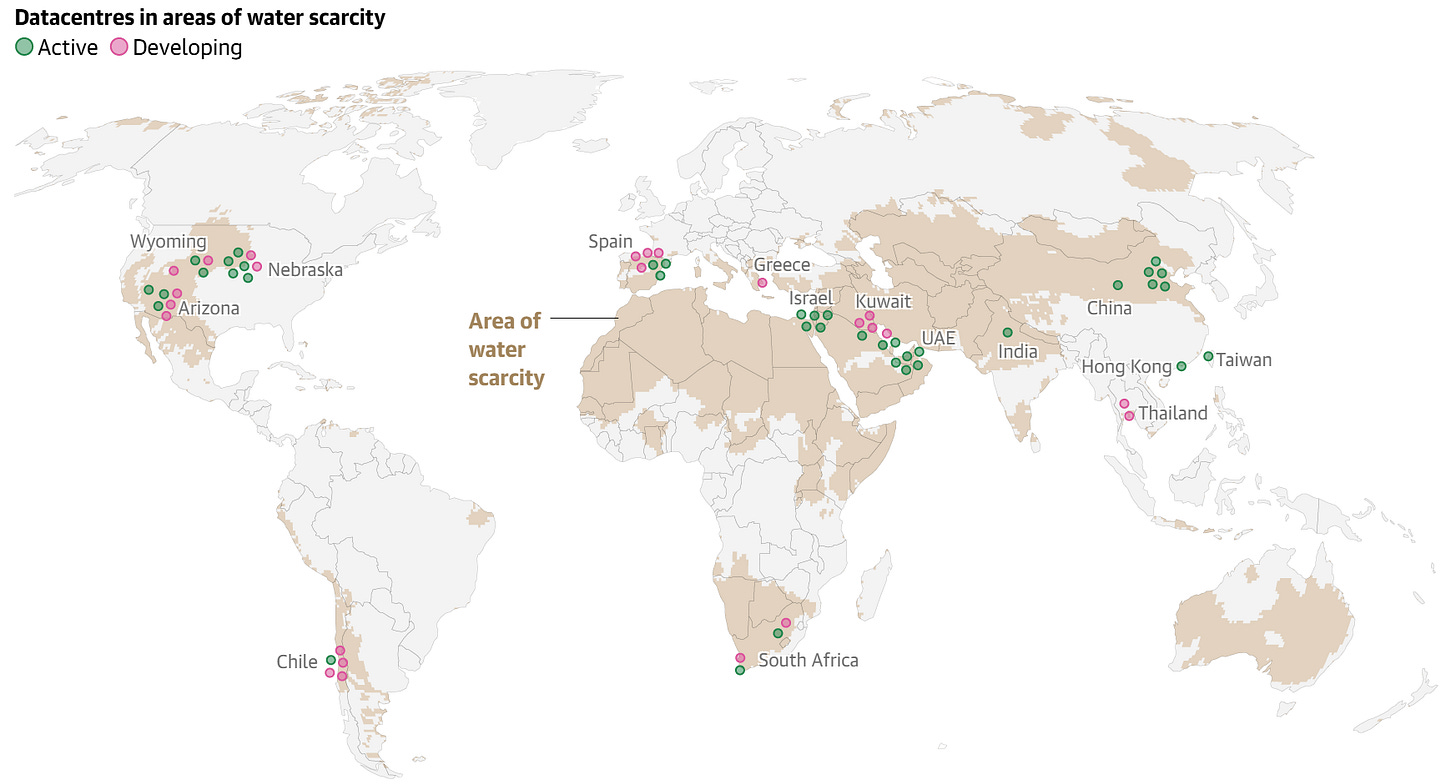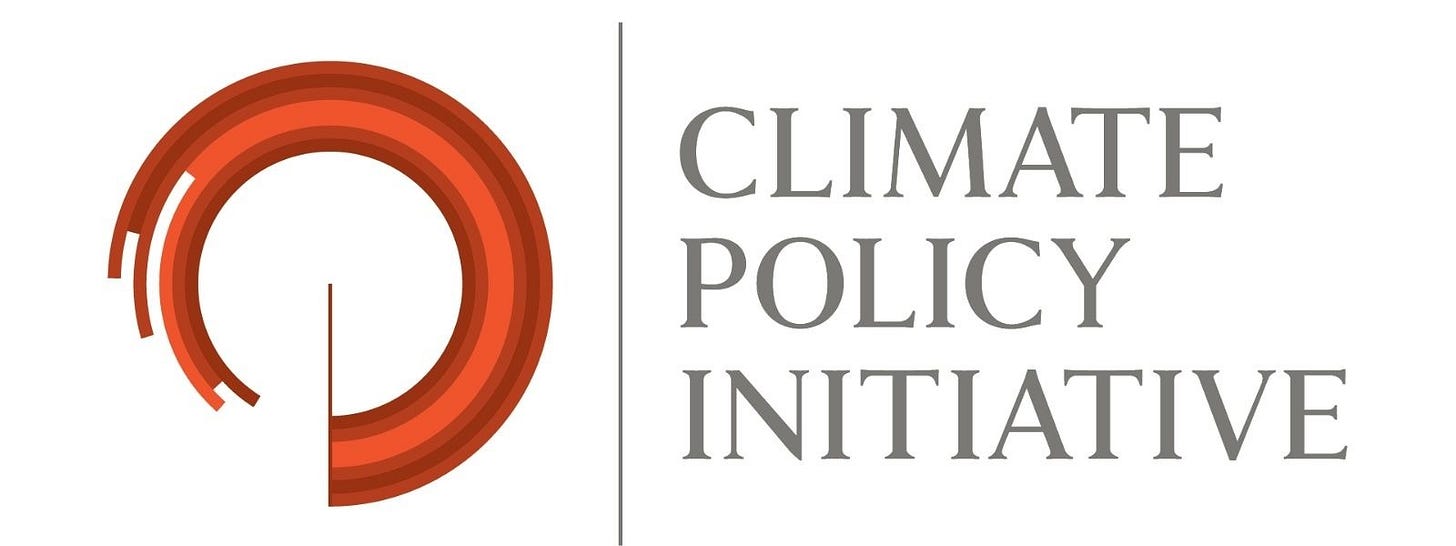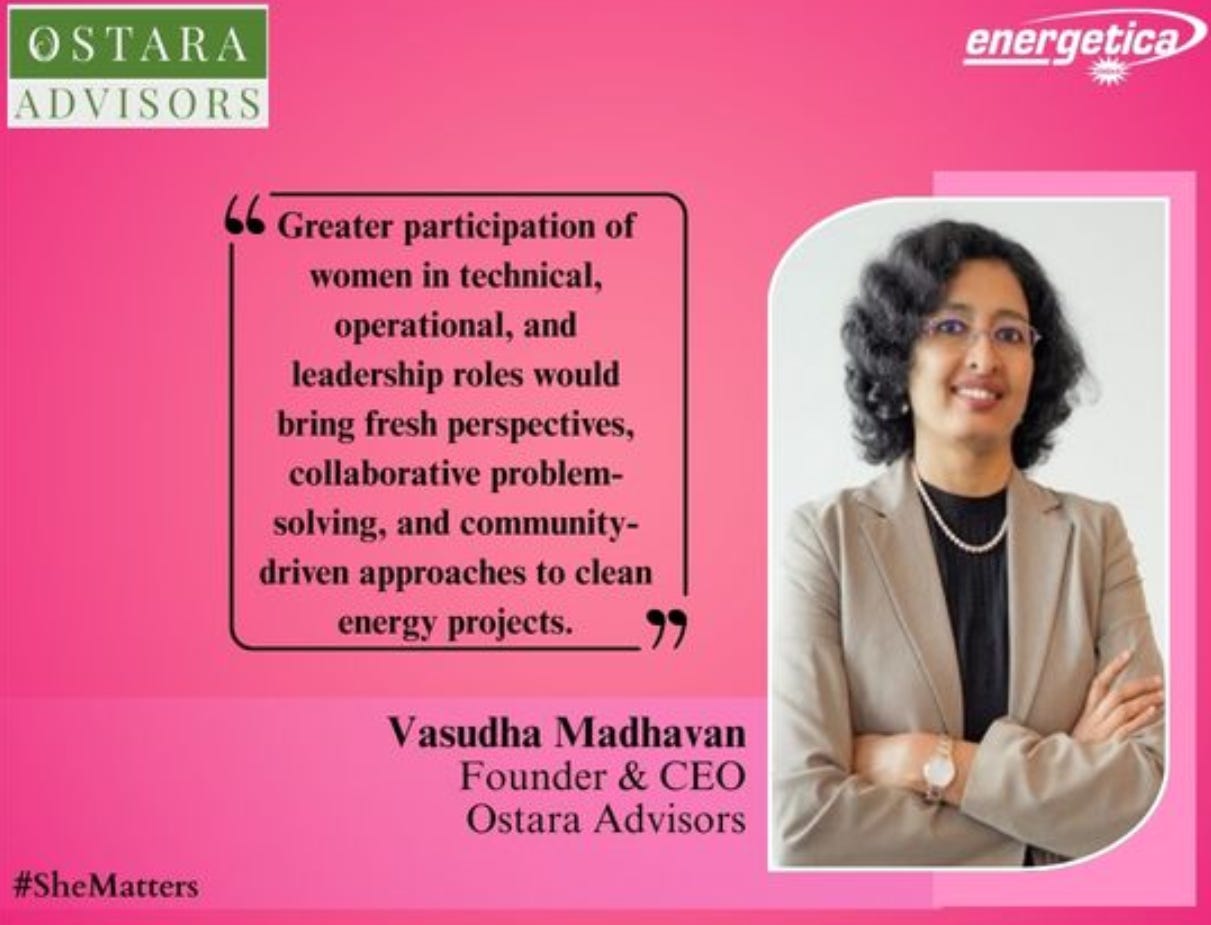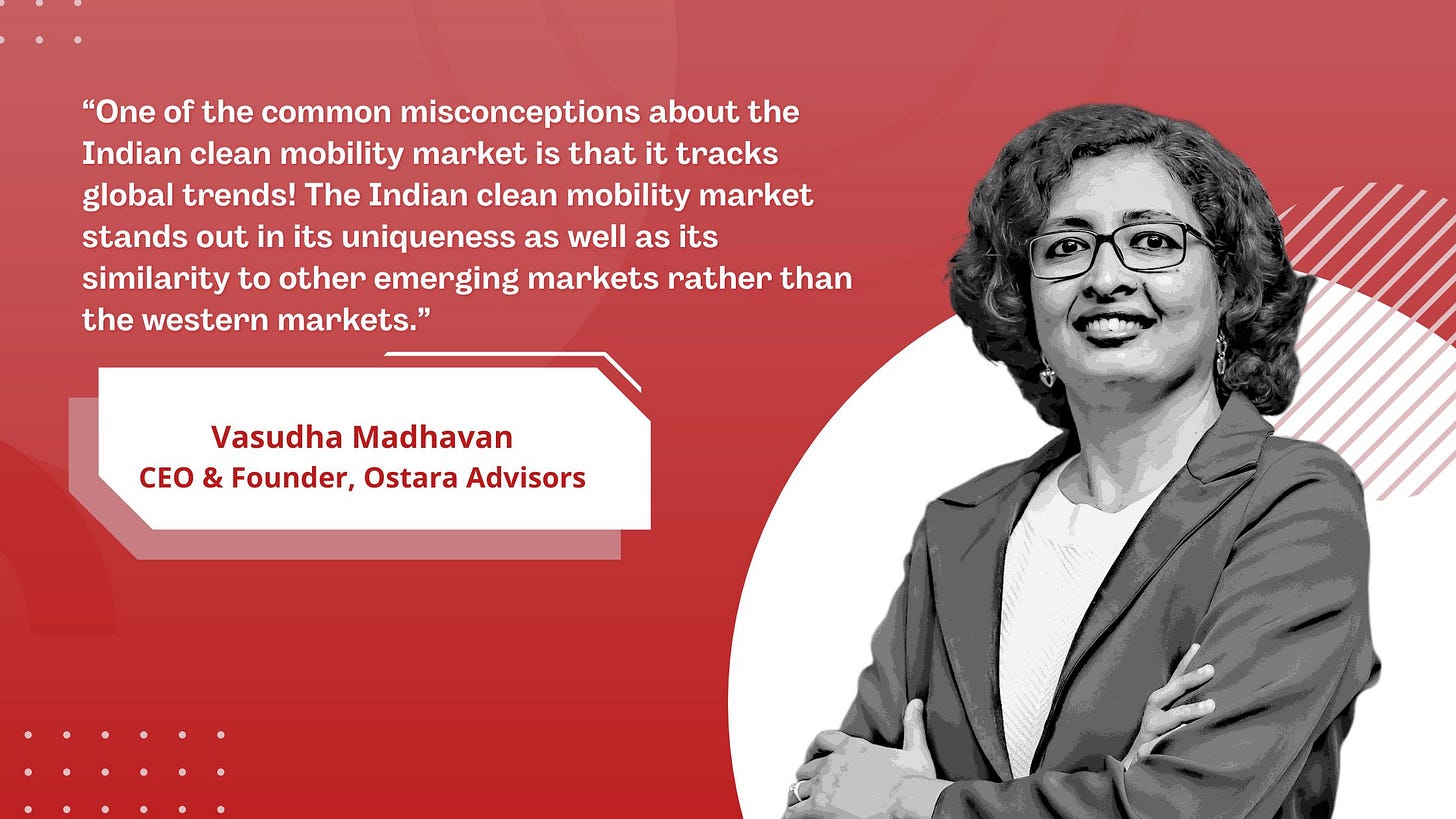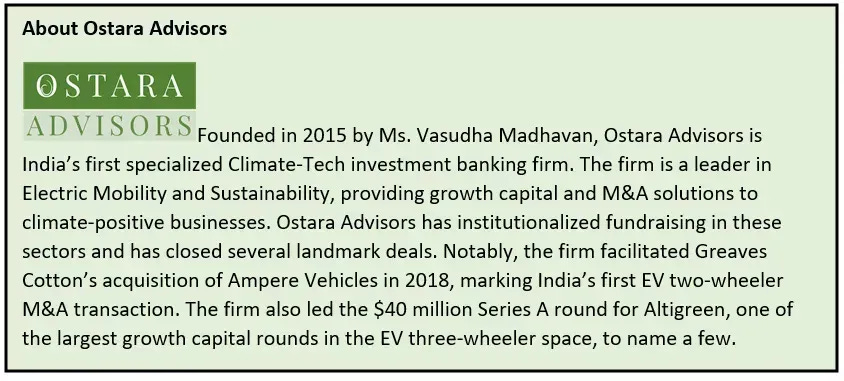Powering AI Responsibly: Building the Green Data Centres of Tomorrow
Every time you ask ChatGPT to write a simple 100-word email, it quietly gulps down more than half a litre of drinking water and burns enough electricity to keep 14 light bulbs glowing for an hour. Scaled across hundreds of millions of daily prompts, that adds up to nearly 40 million gallons of water and 40 million kilowatt hours of electricity consumed every single day, making ChatGPT’s annual footprint larger than the annual power usage of 117 lowest-consumption countries combined!
The Hidden Energy Cost of the Cloud
The cloud feels invisible, an endless stream of AI queries, video calls, and Netflix binges. But behind every digital click, sits a power-hungry machine.
1 to 2 percent of the world’s electricity already goes to data centers, and by 2030, that figure could hit 3 to 4 percent. That is the same ballpark as the entire electricity use of countries like Japan or Germany.
AI is turbocharging the load. Electricity demand from AI is forecast to soar from 8 terawatt-hours in 2024 to 652 terawatt-hours in 2030, an 80x jump. To put into perspective, 1 TWh is enough to power 90,000 U.S. homes for a year.
Training large AI models is extremely energy-intensive, but inference, the act of running these models for billions of daily queries now consumes even more power overall. As adoption spreads, inference has become the hidden giant of AI’s electricity footprint.
One ChatGPT request consumes about 2.9 watt-hours, almost ten times more than a Google search.
Investors are noticing. Utility stocks, once considered boring, are suddenly hot because the AI boom is tethered to one thing above all: massive, reliable, 24/7 electricity.
The below image shows how data centres are expected to contribute to electricity demand growth in major countries:
Source: Carbon Brief
Thirsty Machines: The Water Footprint
AI’s hunger is not limited to electricity. It is thirsty too. Training massive models like GPT-3 can consume hundreds of thousands of liters of freshwater. Seawater is rarely used directly in data-centre cooling because its salts lead to severe corrosion, scaling, and fouling that degrade equipment and raise maintenance costs.
Artificial intelligence relies on specialized processors, such as GPUs and TPUs, that are built to handle massive amounts of calculations. These processors generate a lot of heat when they run. To keep them from overheating, large data centers use cooling systems. Most rely on evaporative cooling towers, which draw in clean water, use it to absorb the heat, and then release it as steam. Because the water evaporates, it cannot be reused.
As a result, every ChatGPT query with a hidden “water tag” of a few hundred milliliters of freshwater lost for each interaction. To put it simply, about 20 queries can quietly drain as much water as a standard one-liter drinking bottle.
In water-stressed regions such as India, this invisible drain is raising alarms and pushing cloud providers to rethink how they cool their machines. Operators are beginning to experiment with recycled water, indirect use of seawater, and closed-loop liquid systems to cut dependence on scarce freshwater resources. Please find the data centres located in the areas of water scarcity below:
Source: Guardian
Big Tech’s Green Cloud Race
The world’s largest cloud providers are racing to prove that AI and sustainability can coexist. Each of the hyperscalers — Google, Microsoft, Amazon, and Meta — has set ambitious climate targets. Google aims to run entirely on 24/7 carbon-free energy and reach net zero across its operations and value chain by 2030. Microsoft has pledged to be carbon negative, water positive, and zero waste by 2030. Meta is targeting net zero across its value chain and water positivity by 2030. Amazon, meanwhile, has already matched 100% of its electricity use with renewable energy and is working toward net zero carbon by 2040. All four are investing billions to reimagine how data centers are powered, cooled, and scaled.
India’s Data Center Boom: A Double-Edged Sword
India’s data centre capacity is on a steep growth curve set to rise from 1.4 GW in 2024 to nearly 9–10 GW by 2030. This expansion is powered by the explosion of digital services, rapid AI adoption, and data localisation mandates.
India’s Hyperscaler Push
Tens of billions of dollars are being poured into large campuses across Mumbai, Chennai, Hyderabad, and other hubs. Leading players include:
AWS, Microsoft, and Google – investing billions in Indian infrastructure. Microsoft alone is backing $3.7 billion (660 MW capacity) in Telangana.
Domestic giants – Airtel’s Nxtra is planning a $600 million expansion to double capacity by 2027, while Adani and Reliance are scaling up AI-ready, high-efficiency campuses.
Madhya Pradesh–Submer MoU – The state has partnered with Spain’s Submer Technologies to build 1 GW of AI-ready green data centres, leveraging energy optimization and immersion cooling for up to 45% energy savings and 90% water savings.
The Opportunity
India’s aggressive solar and wind rollout creates a pathway for digital infrastructure to be powered by clean energy. Already, 25% of Indian data centres are “green certified,” a figure expected to reach 30–40% by 2030.
The Risks
Energy Strain: If data centre growth outpaces renewable capacity, India risks locking in coal-heavy infrastructure for years.
Water Stress: Coastal hubs like Mumbai and Chennai face higher risk as new data centres add to already stretched power grids and freshwater supplies.
How to Make AI Truly Green?
Renewables-First: Tie every new data centre to solar/wind via PPAs or on-site generation.
Water-Smart Cooling: Replace evaporative cooling with closed-loop systems, wastewater reuse, and siting in cooler climates.
Green AI & Efficiency: Optimise models and hardware, benchmark energy-per-query, and train at off-peak times.
Policy & Transparency: Mandate disclosure of electricity and water use, set efficiency standards, and enforce audits.
Data centres are the factories of the digital age, but they risk locking in high emissions and water stress. The solution is clear: clean power, efficient cooling, leaner AI, and accountability. Done right, India can turn its AI boom into a model for sustainable digital infrastructure.
Ostara in the News
Ostara Advisors is empanelled as a Financial Advisor under the India Clean Energy Finance Facility (ICEF), an initiative by Climate Policy Initiative (CPI) that supports early-stage Distributed Renewable Energy (DRE) enterprises in India by de-risking and scaling projects lacking access to commercial funding.
Vasudha Madhavan, Founder and CEO of Ostara Advisors, was featured in Business Standard on September 4, 2025, highlighting how the uniform 5% GST on EVs will drive adoption and strengthen India’s EV ecosystem.
3. Ostara Advisors was featured in StartupStory on September 15, 2025 - How Ostara Advisors is Driving India’s Climate-Tech Revolution—One Deal at a Time
Vasudha was featured in Energetica’s ‘She Matters’ series on September 15, 2025 - She Matters: Targeted Training and Mentorship Can Propel Women’s Careers in Energy
On August 5, 2025, CXO Today reported that Ostara Advisors appointed Arjun Sondhi as Senior Vice President, where he will lead deal origination and execution, strengthen research and valuation capabilities, and partner with climate tech founders to secure growth capital.
Vasudha was featured in AsiaTechDaily on August 15, 2025 - Why India’s EV Market Plays by Its Own Rules
Ostara was featured in ET Prime on August 3, 2025 - Amid clean energy push, India a green flag for climate investors



